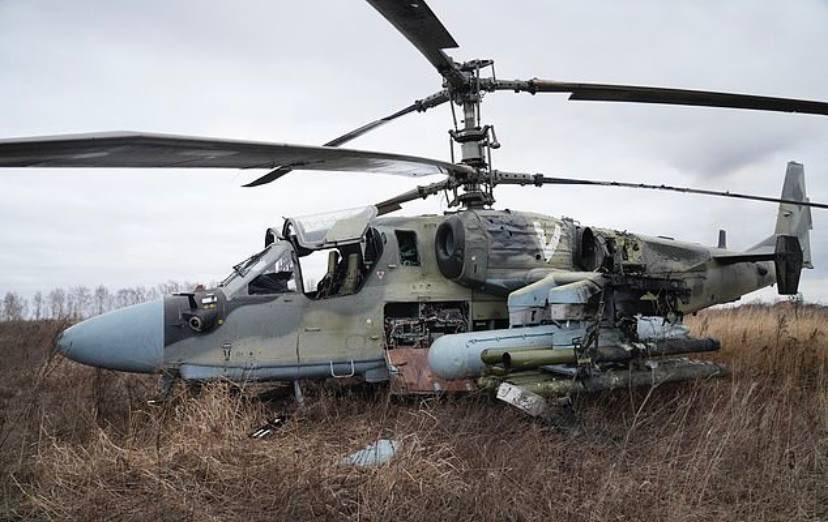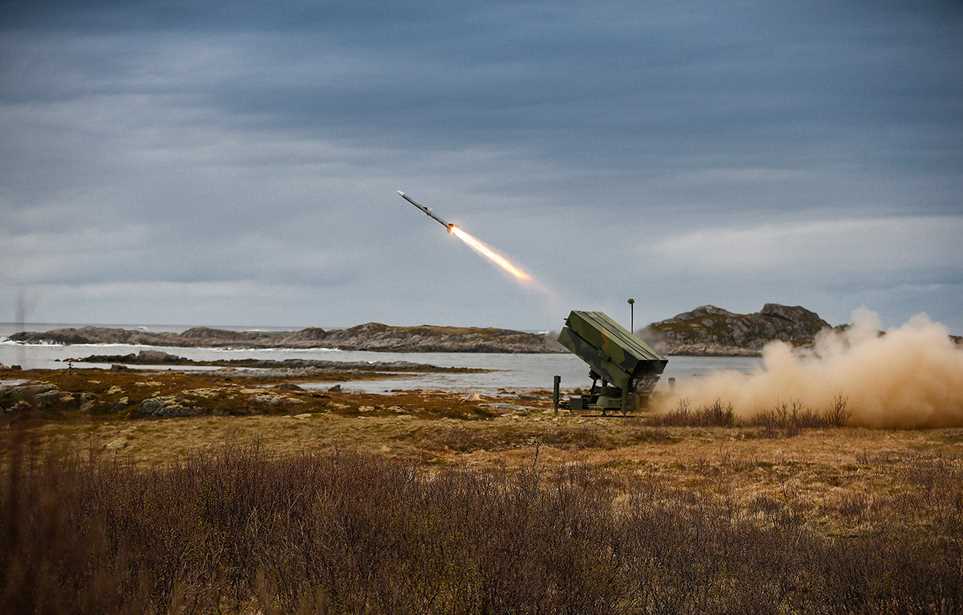Air Defense Is the Next Focus of Military Aid to Ukraine
Last week, Russia intensified its indiscriminate missile attacks against civilian targets in Ukraine. These were justified as retribution for the attack on the Kerch bridge which Russia described as a terrorist action. Vladimir Putin stated that Russian attacks were aimed at key Ukrainian targets such as energy and communications infrastructure but video evidence suggests that Russian missiles instead mostly hit civilian areas of no military consequence.
The most famous of these was likely Kyiv’s pedestrian “Glass Bridge” which was struck by at least one missile. This was largely a propaganda victory for Ukraine as Russia targeting and failing to take out a footbridge did not contrast favorably against the successful bombing of the Kerch bridge.
However, the attacks did underscore the importance of air defense in Ukraine and resulted in pledges from many European states to provide additional air defense systems. In addition to countless missiles of other types, the UK promised to provide hundreds of AMRAAM rockets compatible with the NASAMS systems pledged to Ukraine by the US. France pledged Crotale short range air-defense missile batteries to be delivered within weeks, Spain pledged older MIM-23 Hawk systems and Germany promised IRIS-T SLM systems to be delivered within days. Unfortunately, even with major Western support, creating a net sufficient for stopping attacks against civilian infrastructure in a country as large as Ukraine is not a realistic possibility.
Nevertheless, Ukrainian air defenses have generally been successful in denying access to Russian aircraft and helicopters on the front lines (although UAVs and missiles have caused more difficulties). Russian air defense forces seem to be performing similarly. The biggest problem for Ukraine is that continuing attrition of air defense capabilities, even if it slightly favors Ukraine in terms of absolute numbers, it is much more advantageous to Russia then Ukraine in the long run; if the trend is unchanged, Ukraine will run out of air defense systems first.

Importantly, this is one area where the West is struggling to provide Ukraine with aid. First of all, NATO armies – even former Warsaw pact ones – do not have large stocks of Soviet air defense systems and munitions or the ability to produce them. Second of all, Western armies are more reliant on air forces and do not place as much priority on air defense. As a consequence, there aren’t that many air defense systems which can be spared for Ukraine; many donations come fresh off the production line. Moreover, as the West has not been providing aircraft to Ukraine, these systems cannot be employed in the manner they are doctrinally expected to.
Yet, there is a bright side. NATO is now stepping up air defense production and procurement in response to the lessons of Ukraine which will likely make air defense support to Ukraine more tenable in the long run. Moreover, even if varied, Western air defense systems tend to be interoperable which means that many countries can supply munitions for individual systems and that different batteries can be controlled using common radars and integrated control systems.
Header: File photo – NASAMS (Raytheon)

